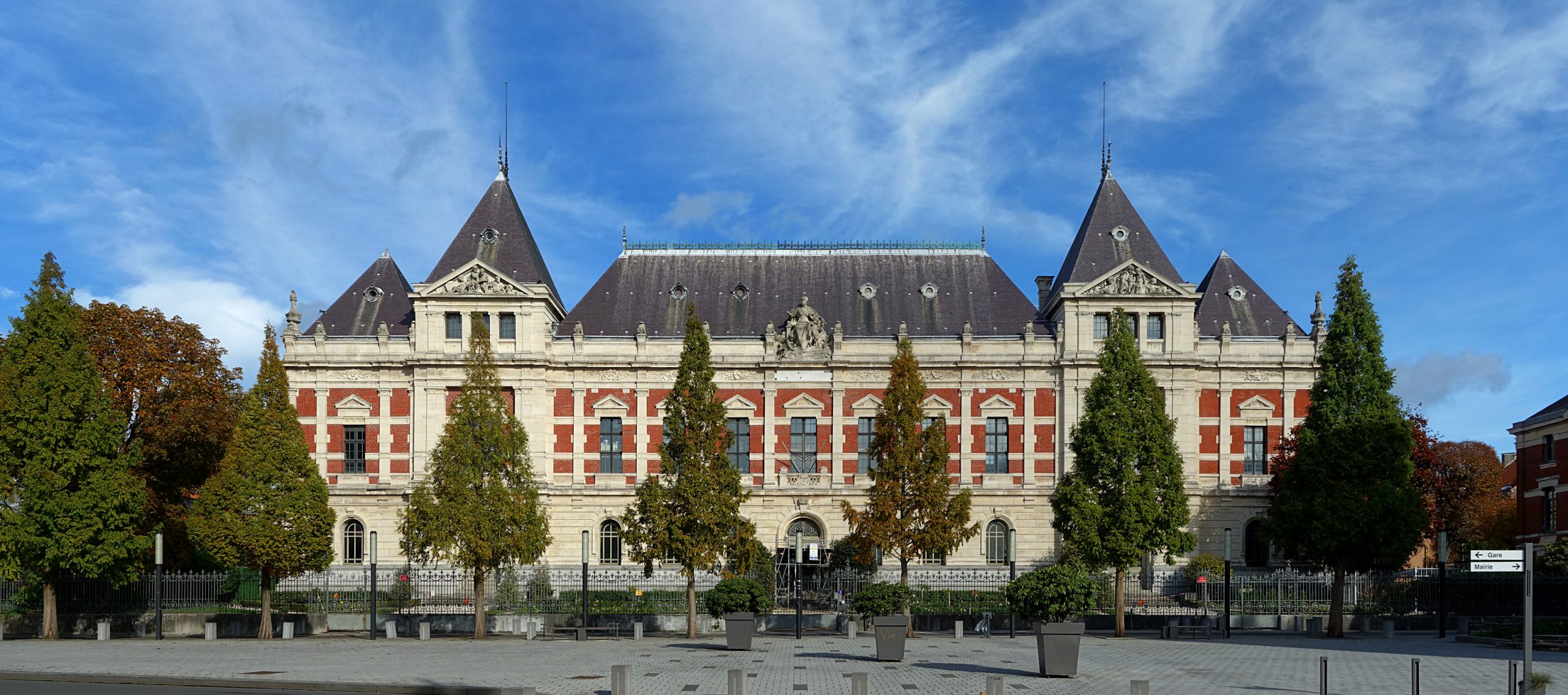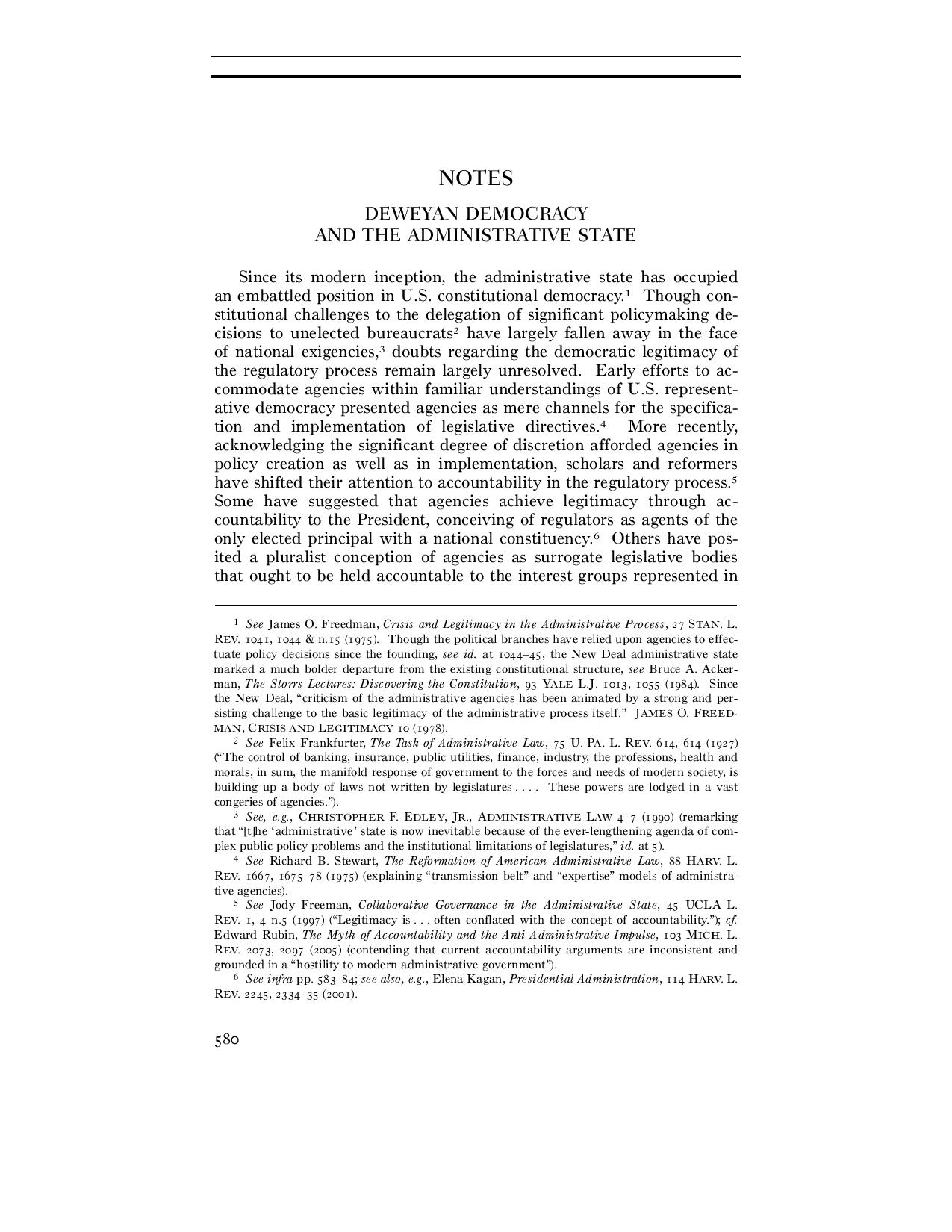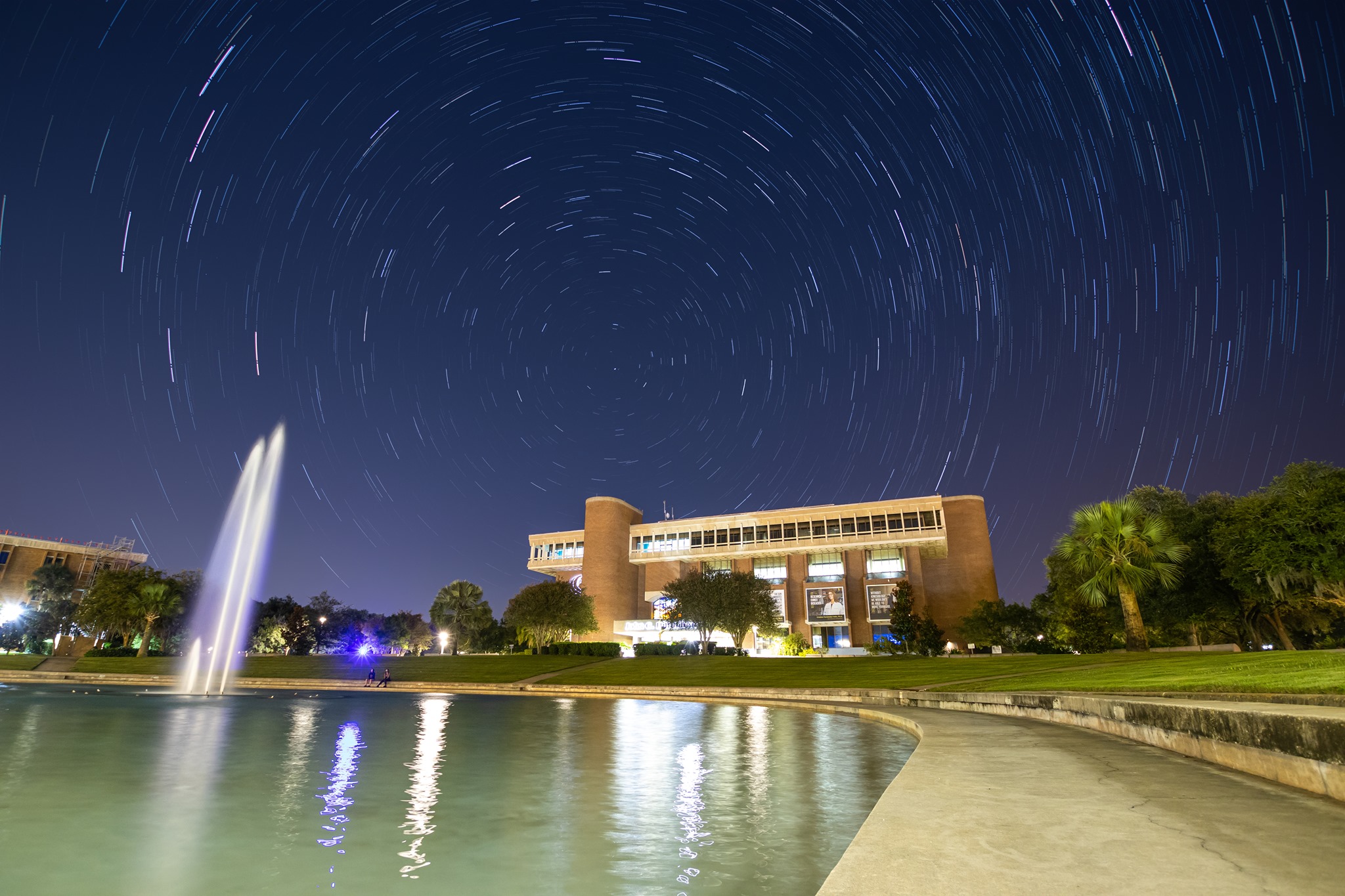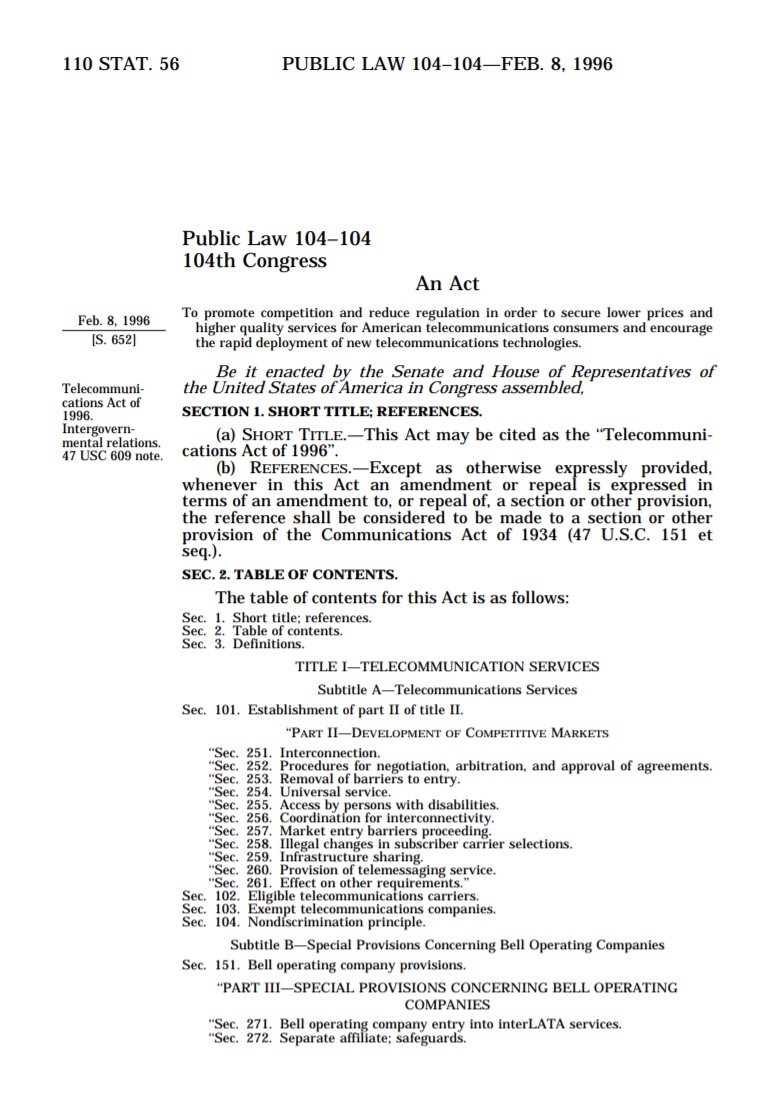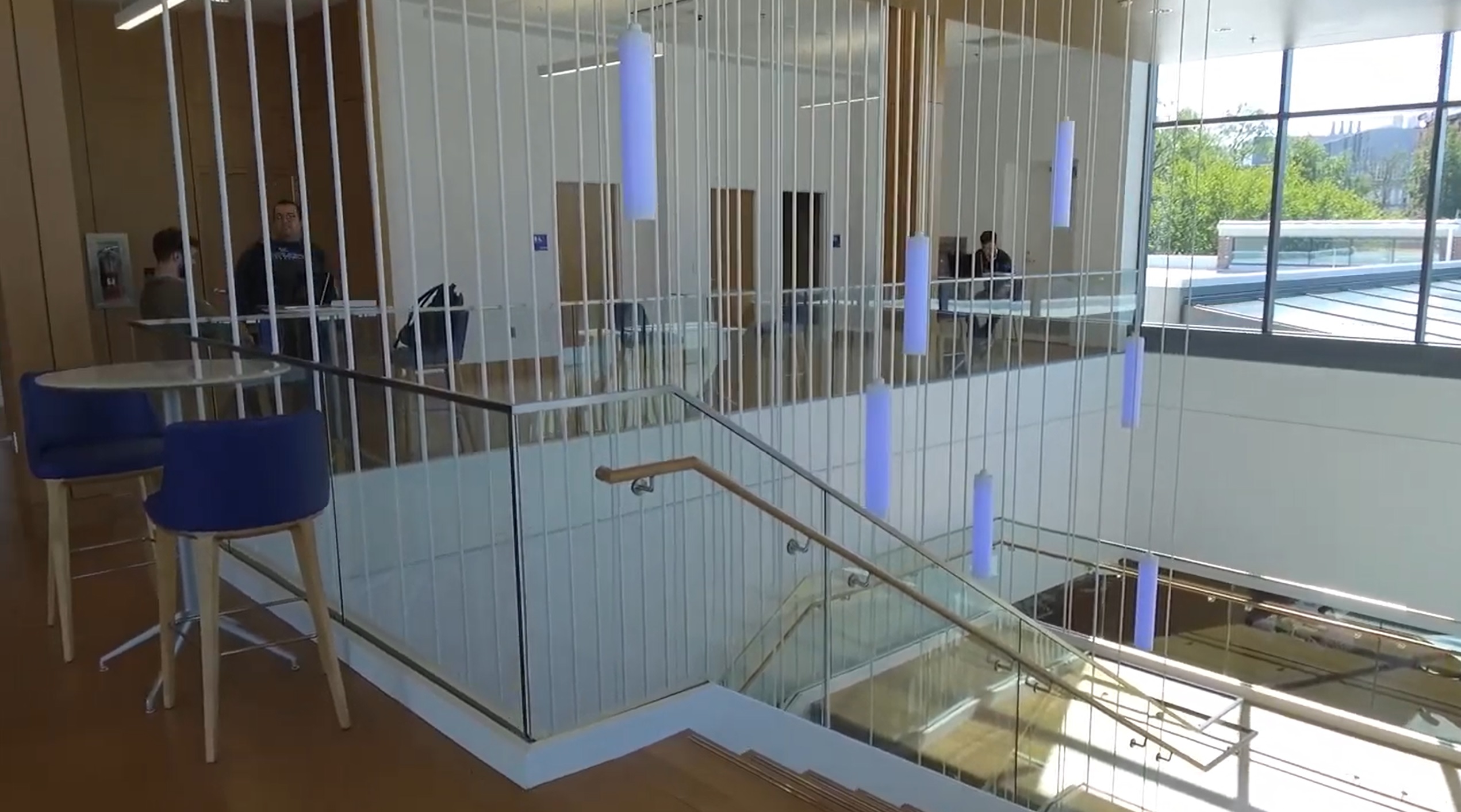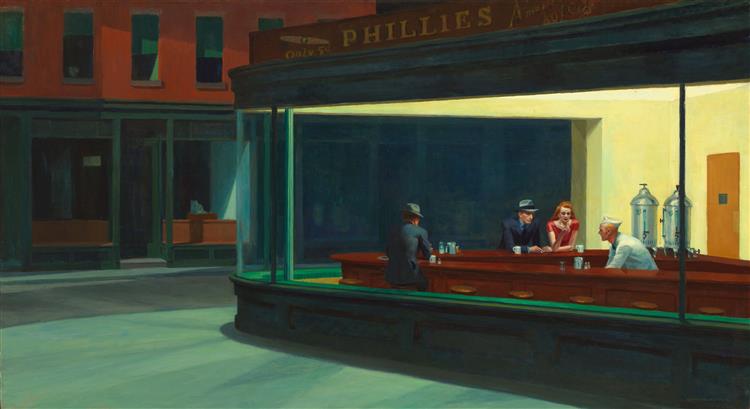אָבִינוּ מַלְכֵּנוּ
- Home Page 218

Fuzzy Logic in Personalized Garment Design
Intelligent Fashion Recommender System: Fuzzy Logic in Personalized Garment Design
L. C. Wang – X. Y. Zeng – L. Koehl – Y. Chen
Ecole Nationale Supérieure des Arts et Industries Textiles
Abstract. This paper proposes a new intelligent fashion recommender system to select the most relevant garment design scheme for a specific consumer in order to deliver new personalized garment products. This system integrates emotional fashion themes and human perception on personalized body shapes and professional designers’ knowledge. The corresponding perceptual data are systematically collected from professional using sensory evaluation techniques. The perceptual data of consumers and designers are formalized mathematically using fuzzy sets and fuzzy relations. The complex relation between human body measurements and basic sensory descriptors, provided by designers, is modeled using fuzzy decision trees. The fuzzy decision trees constitute an empirical model based on learning data measured and evaluated on a set of representative samples.
The complex relation between basic sensory descriptors and fashion themes, given by consumers, is modeled using fuzzy cognitive maps. The combination of the two models can provide more complete information to the fashion recommender system, making it possible to evaluate if a specific body shape is relevant to a desired emotional fashion theme and which garment design scheme can improve the image of the body shape. The proposed system has been validated in a customized design and mass market selection through the evaluations of target consumers and fashion experts using a method frequently used in marketing study.
CLICK HERE to order complete paper
Readings / The Administrative State
“And though all the winds of doctrine were let loose to play upon the earth,, so Truth be in the field, we do injuriously, by licensing and prohibiting, to misdoubt her strength. Let her and Falsehood grapple; who ever knew Truth put to the worse in a free and open encounter?” — “Areopagitica” 1644 John Milton
“The university is a home of the human spirit,
and when it is ruled by bureaucracy and mediocrity,
the spirit is killed.”
— Roger Scruton
Further Reading:
- “How to Get a Job in the Federal Government” by Lily Whiteman
- “Careers in Government: When Public Service Calls, Opportunities and Options for Making a Difference” by Bruce Maxwell
- “Guide to U.S. Government Practice on Global Sharing of Personal Information” by Inside the Minds Staff
- “Working in the Shadows: A Year of Doing the Jobs (Most) Americans Won’t Do” by Gabriel Thompson
- “Federal Resume Guidebook” by Kathryn K. Troutman
- “The Complete Guide to Writing a Federal Resume” by Diane Hudson
- “Roadmap to Federal Jobs” by Kathryn K. Troutman
- “The Federal Jobs Book: Your One-Stop Guide to Government Employment” by Dennis V. Damp
- “The New SES Application: Writing the Traditional ECQs and the New Five-Page Senior Executive Service Federal Resume” by Kathryn K. Troutman
Drivers and Barriers to Implementation of Connected, Automated, Shared, and Electric Vehicles
Drivers and Barriers to Implementation of Connected, Automated, Shared, and Electric Vehicles
Abstract: Several converging trends appear to reshape the way citizens and goods move about. These trends are social, including urbanization and population growth, and technological, such as increased automation and connectivity. All these factors influence the market for connected, automated, shared and electric (CASE) vehicles, which presents many opportunities and challenges. The pace of the shift to a profoundly penetrated market for CASE vehicles is far from secure. Such transformation depends on the development of technologies, consumer attitudes, and policies. An expanding body of research has investigated the potential social and behavioral results of deploying CASE vehicles. However, most academic literature to date concentrates on technological issues linked to these vehicles.
There are several teams from federal and state agencies, OEMs, academia, startups, and consortiums working on this complex subject. This study investigates several academic papers, as well as federal and industry reports, considering all the stakeholders mentioned above. Its aim is to present a comprehensive picture of the implementation barriers and drivers of CASE vehicle usage and provide suggestions to solve them. The findings confirm that several issues are currently affecting the implementation of CASE vehicles on the road. Although there have been significant partnerships and collaborations between CASE vehicle stakeholders, namely technology companies, federal-state agencies, and academic scholars, considerable work is still required to solve the remaining barriers facing CASE-related technologies. This would enable decision-makers to create effective policies for future transportation networks and increase the speed of CASE vehicle market penetration to enhance road network’s level of service.
A BIM-Based Coordination Support System for Emergency Response
A BIM-Based Coordination Support System for Emergency Response
Yanxiao Feng, et. al
Department of Architectural Engineering, The Pennsylvania State University
Abstract: In fire emergencies, timely communication with on-site coordinators and accurate localization of first responders facilitates effective task assignment and resource allocation in harsh, low-visibility environments. Building information modeling (BIM) is widely accepted in the architecture, engineering, and construction industries as a central repository of building information. It could provide both the geometric building data and semantic information; however, the convenient linkage and integration with indoor location technologies for emergency purposes have not been addressed according to the authors’ knowledge.
A stand-alone BIM-based indoor location (BIMIL) framework and portal were designed and tested to enable the automatic extraction, transformation, and visualization of BIM-related data for public safety purposes in this study. Based on current information technology, this research reduces the gap in cross-application by supporting indoor location to overcome the primary shortcoming of existing indoor building models. Eliminating the need for specific software and skill in data processing, this portal will support on-site coordinators’ importation of BIM files, allowing them to convert those files into processed and visualized indoor information containing key yet simplified geometric building data and essential emergency-related information such as fire rating hours, egresses, and hazardous materials. Additionally, the indoor location data can be integrated into a generalized 3D building model to support decision-making activities and management tasks in the field.
Related:
Emergency Egress Standards@NIST @NFPA @IntlCodeCouncil@IEEECampus
print(“ΠΡΟΜΗΘΈΑΣ”)https://t.co/M6L2BeNt69 pic.twitter.com/eHQjJ8AM1p— Standards Michigan (@StandardsMich) January 18, 2023
Procedures of calculating occupancy loads for purposes of Egresshttps://t.co/EsS2lBUHQfhttps://t.co/wDcfuOHEvn pic.twitter.com/7aqbLTB9V8
— Standards Michigan (@StandardsMich) September 2, 2020
Pathway Illumination
The Illumination Engineering Society is one of the first names in standards-setting organizations with a catalog routinely referenced in design guidelines and construction projects. Because of the money flow into illumination technologies worldwide the IES occupies a domain that is relatively crowded:
- National Electrical Manufacturers and Medical Imaging Association; whose interest lies in leveling the playing field for about 300 electrical equipment manufacturers
- Institute for Electrical and Electronic Engineers; whose interest lies in the research activity in seeing sciences, the luminescence sources and the power chain
- American Society of Heating and Refrigeration Engineers; whose interest lies in energy conservation
- National Fire Protection Association; whose interest lies in fire safety of lighting systems within building premises.
- International Code Council; whose interest lies in pulling together all of the relevant standards for lighting egress paths of the built environment
- International Electrotechnical Commission; whose interest lies in the administration of global electrical and electronic technologies
- International Commission on Illumination; the international authority on light, illumination, colour, and colour spaces
There are others. With illumination power requirement on a downward trajectory where footcandles can be driven at information & communication technology voltage and current levels; we find relatively new entrants into the market with deep pockets and for good reason. In a typical building, the interior lighting load is the major electrical load (on the order of 40 percent) and a major contributor to the functionality of the building. There are a number of other trade associations that are participants in research and open source standards for faster moving parts of the illumination science. We will cover these in future, related posts.
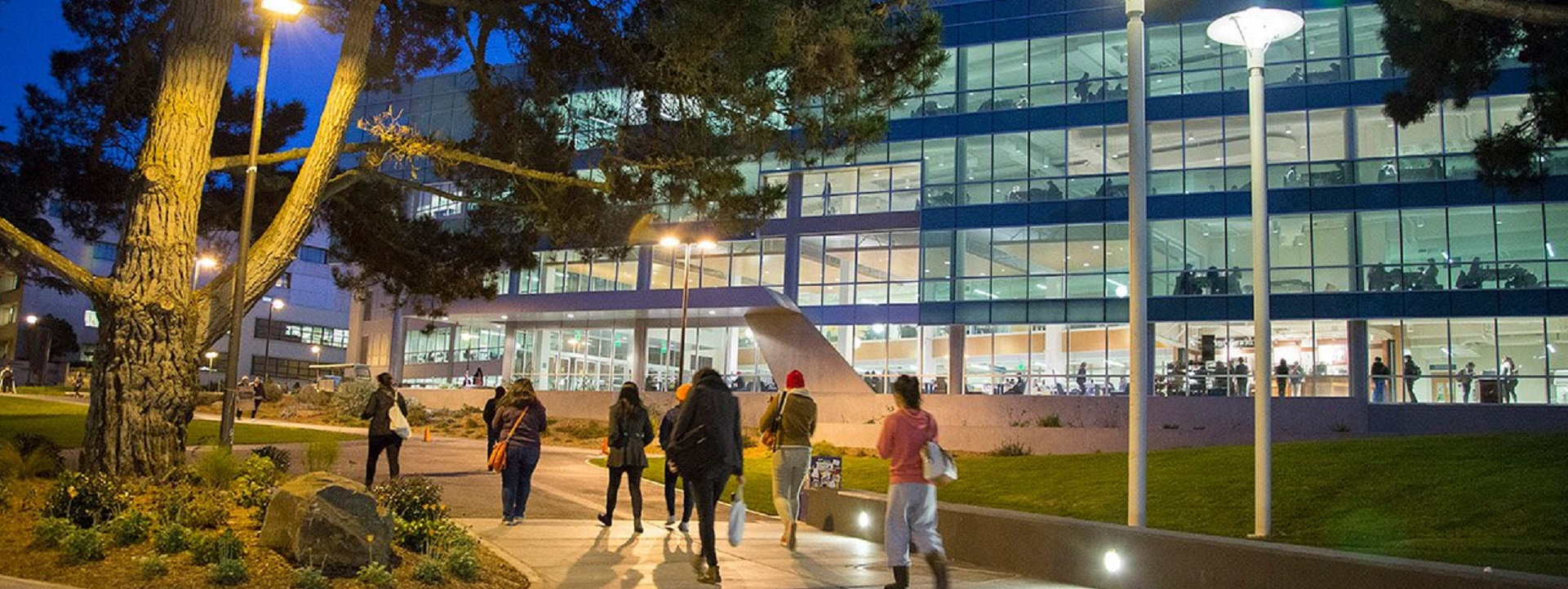
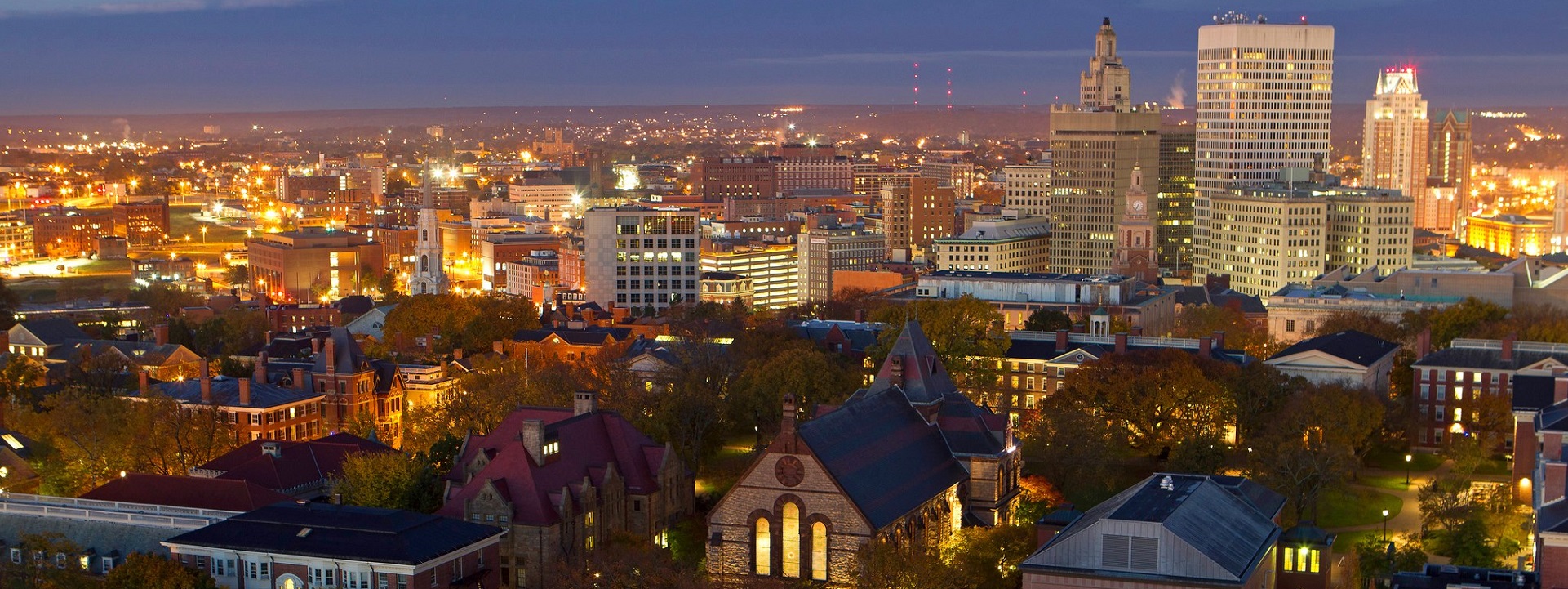

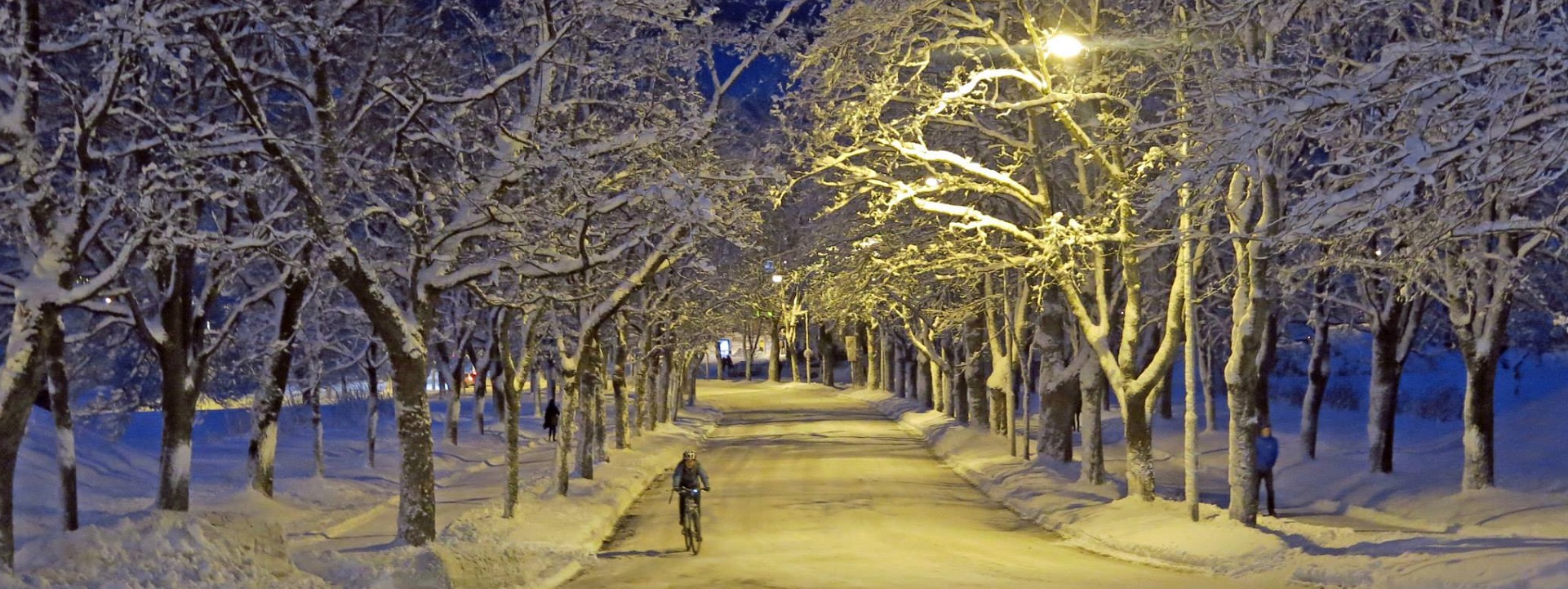
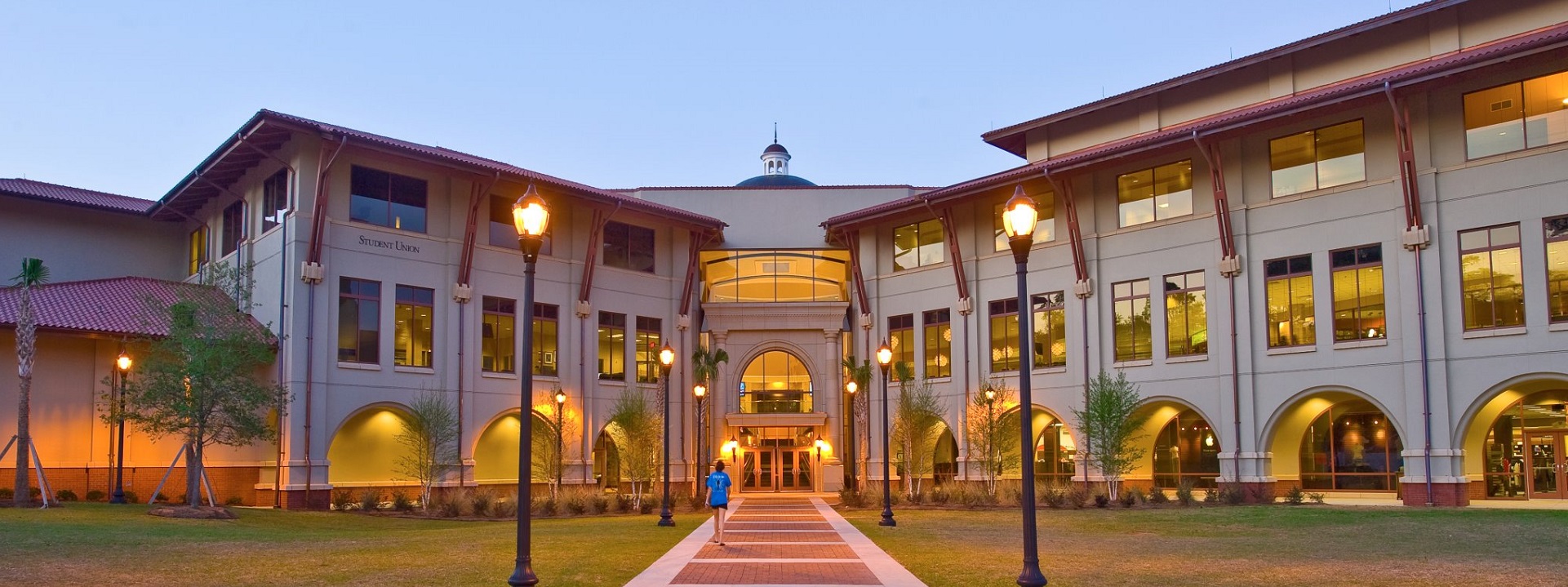
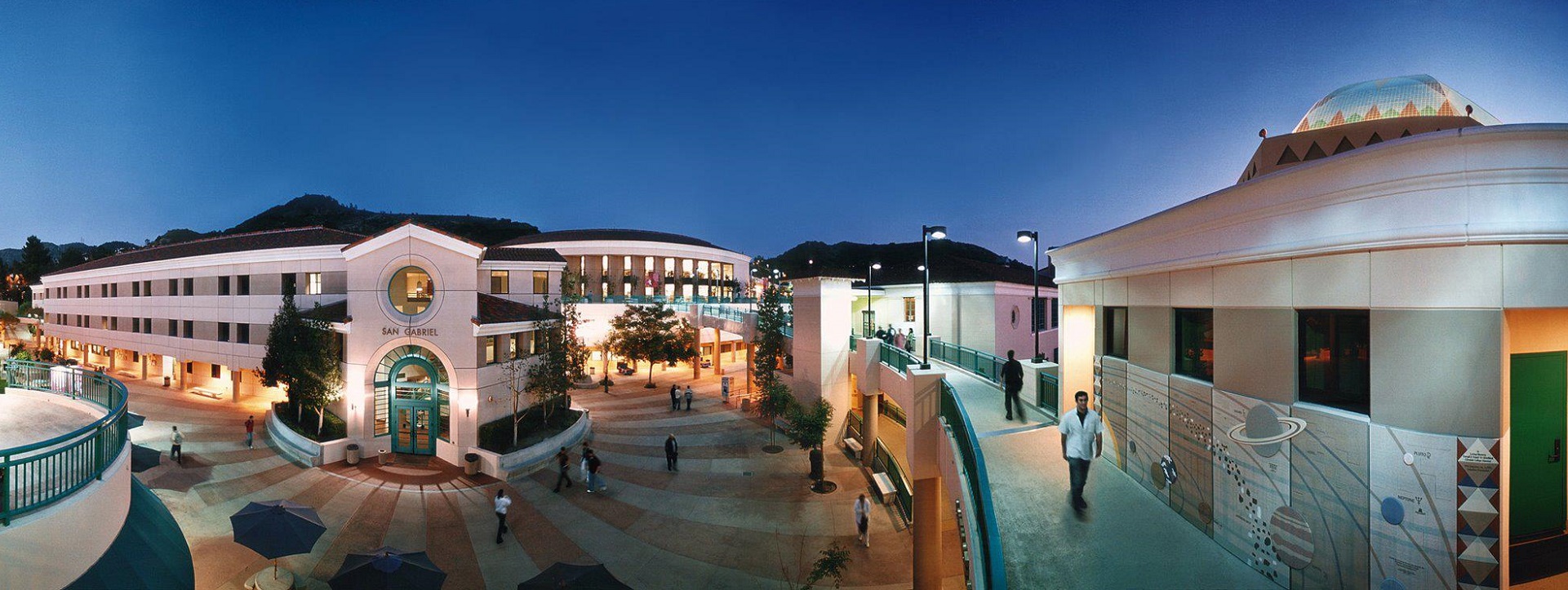
Last year a new standardization project was launched by the IES. From the project prospectus:
IES LP-2-201x, Designing Quality Lighting for People in Outdoor Environments (new standard)
Project Need: This document is not intended to supersede existing IES application RPs, rather it will link the various documents together, augmenting them in subject areas not otherwise covered, including but not limited to sidewalks, bikepaths, pedestrian paths, parks, outdoor malls, pedestrian-only business districts, plazas, amphitheaters, large outdoor gathering areas, campuses, pedestrian bridges, and pedestrian underpasses.
Stakeholders: Lighting practitioners, electrical engineers, civic planners, civil engineers, architects, community-based planning groups, general public. Lighting recommendations for non-vehicular pedestrian applications using recommendations beyond illuminance only, which ultimately fails to provide a complete guideline for the visual experience of pedestrian-based tasks. The RP will be a comprehensive approach for light levels, glare, adaptation, spectrum, and contrast while addressing safety, timing, and perceived security. Application of these recommendations will ultimately enhance the pedestrian’s visual experience while also respecting the environment.
Soon to be released, a related product covering technical specifics of a familiar battleground — lighting controls:
IES LP-12 Lighting Practice: IoT Connected Lighting
The consultation closed May 24th and the agenda of the committee writing this standard is being administered. Very often technical committees are receptive to new ideas after a comment deadline if those ideas are submitted to a committee member directly. We invite anyone with an interest in this topic to click in to any of our daily colloquia to begin that process.
Not far into the future: individually controlled luminaires responsive to the use of campus pathways. There are already some pilot projects on higher education campuses.
A few other technical committees relevant to educational communities should be identified, though we will sort through the standards setting activity in separate posts:
Edu-Lib-Ofc Lighting Committee
Outdoor Environmental Lighting Committee
Outdoor Public Spaces Committee
Roadway Lighting Committee (Many large research universities own miles of roads)
We always encourage direct participation by space planners, workpoint experts and academic unit facility managers in IES standards development process. Contact: Patricia McGillicuddy, (917) 913-0027, pmcgillicuddy@ies.org. 120 Wall Street, Floor 17, New York, NY.
We coordinate most of our electrotechnology standards advocacy with the IEEE Education & Healthcare Facilities Committee which meets 4 times monthly in European and American time zones. Its meeting agendas and login credentials are available on its website. Since illumination technologies are present in all spaces in education communities, IES consensus products will appear on the standing agenda of most disciplines. See our CALENDAR.
Issue: [19-50]
Category: Electrical, Space Planning
Colleagues: Mike Anthony, Jim Harvey, Kane Howard, Glenn Keates, George Reiher
*We find that when the SSO has heavy manufacturer support, its standards development facility lies in the upper-quality tier.
Dynamic Exit Signs
Dynamic exit signs are a type of emergency exit signage that uses active illumination and changes in light to draw attention to the nearest exit in case of an emergency. Unlike traditional exit signs that use static or passive lighting to indicate exit locations, dynamic exit signs incorporate lighting systems that respond to specific environmental conditions or power outages, which can help to guide people to safety more efficiently.
There are several types of dynamic exit signs, including:
- Photoluminescent exit signs: These signs absorb and store light energy from ambient sources, such as room lighting or sunlight, and then glow brightly in the dark when the power goes out.
- LED exit signs: These signs use light-emitting diodes (LEDs) to create animated or flashing signs that can better catch people’s attention.
- Electroluminescent exit signs: These signs use electrically charged phosphors to produce a bright, uniform light source that can be more visible in low-light or smoke-filled environments.
Overall, dynamic exit signs are designed to enhance visibility and guide people to safety during an emergency, and they can be an important part of an overall emergency preparedness plan.
More
International Building Code: Chapter 10 Means of Egress
Life Safety Code: Chapter 7 Means of Egress
National Electrical Code: Article 700 Emergency Systems
New update alert! The 2022 update to the Trademark Assignment Dataset is now available online. Find 1.29 million trademark assignments, involving 2.28 million unique trademark properties issued by the USPTO between March 1952 and January 2023: https://t.co/njrDAbSpwB pic.twitter.com/GkAXrHoQ9T
— USPTO (@uspto) July 13, 2023
Standards Michigan Group, LLC
2723 South State Street | Suite 150
Ann Arbor, MI 48104 USA
888-746-3670






